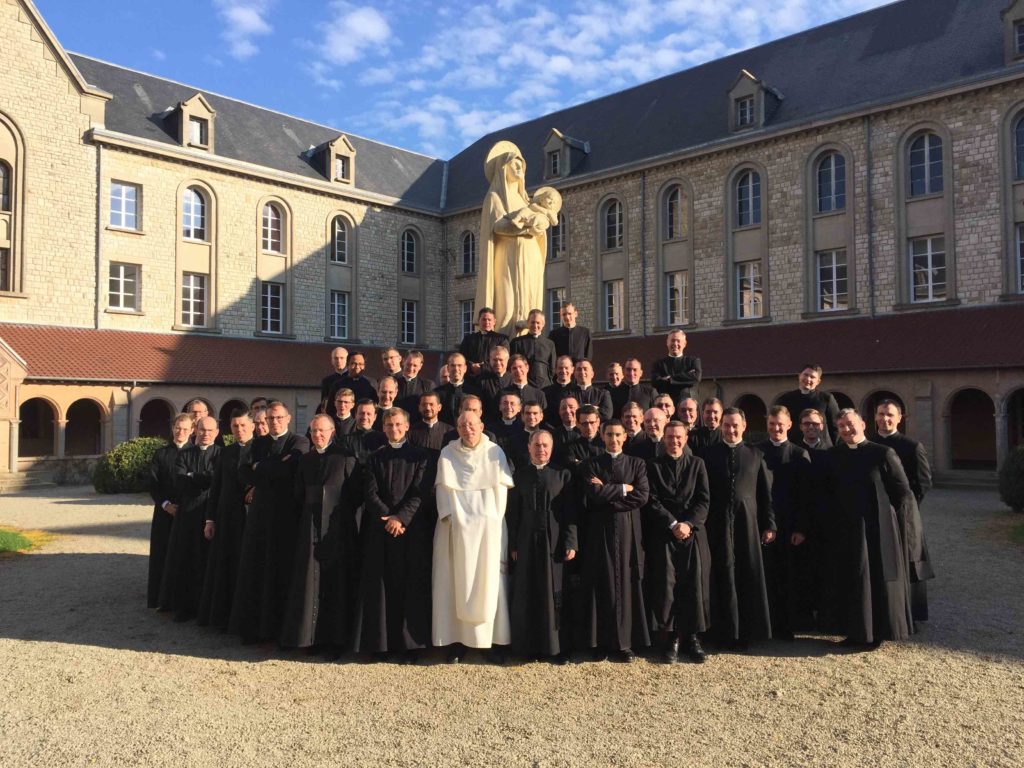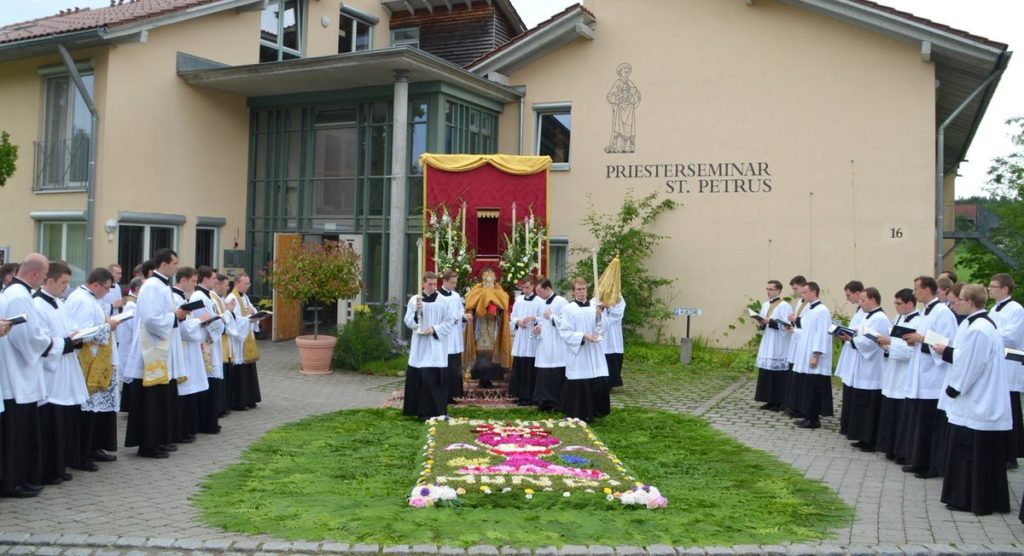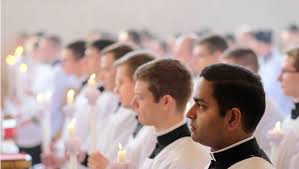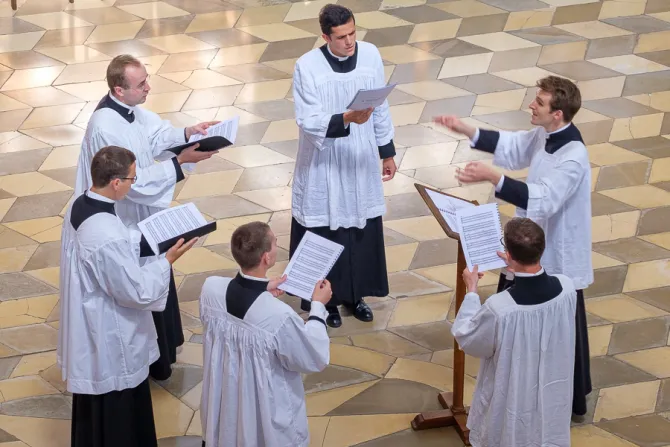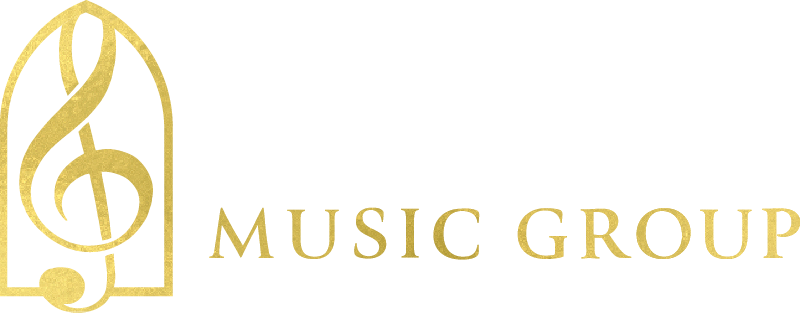Discover Billboard’s #1 Classical Traditional Recording!
For connoisseurs of beautiful Christmas music, this is a must-have for the collection. Sancta Nox: Christmas Matins from Bavaria by the Seminarians of Saint Peter Wigratzbad brings you a taste of heaven for your most deeply felt Christmas moments-presented by a group hailing from the majestic Alps in Germany’s Bavaria region.
Be transported by the peaceful sounds of Christmas Matins through Gregorian Chant and polyphonic gems. Also included is an ethereal rendition of a multi-lingual Silent Night. Reminiscent of the chanting monks of old, the choir of the Seminarians of Saint Peter Wigratzbad recorded this music in the historic St. Magnus Abbey of Bad Schussenried, built in the 12th century.
An international community of young seminarians, which includes some of today’s most skilled singers of early choral music, is already taking the music charts by storm.
Global Newswire
Tracklist
- Church bells — Initium: Dómine, lábia mea apéries [Gregorian Chant]
- Invitatory: Christus natus est nobis [Gregorian Chant]
- Hymn: Iesu, Redémptor ómnium [Oreste Ravanello, 1871-1938]
- Responsory I: Hódie nobis cælórum Rex [Gregorian Chant]
- Lesson (Isa. 40. 1-8): Consolámini [Gregorian Chant]
- Responsory II: Hódie nobis de cælo [Gregorian Chant]
- Lesson (Isa. 52. 1-6): Consúrge [Gregorian Chant]
- Responsory III: Quem vidístis, pastores? [Gregorian Chant]
- Lesson (Sermon of St. Leo the Great): Salvátor noster [Gregorian Chant]
- Responsory IV: O magnum mystérium [Cristóbal de Morales, 1500-1553]
- Responsory V: Beata Dei Génetrix María [Gregorian Chant]
- Responsory VI: Sancta et immaculáta virgínitas [Raffaele Casimiri, 1800-1943]
- Responsory VII: Beáta víscera Maríæ Vírginis [Gregorian Chant]
- Responsory VIII: Verbum caro factum est [Hans Leo Haßler, 1564-1612]
- Lesson (Homily of St. Augustine on John 1): In princípio erat Verbum [Gregorian Chant]
- Te Deum laudámus (solemn tone) [Gregorian Chant]
- Stille Nacht (Douce nuit; Silent Night; Sancta Nox) [Franz Xaver Gruber, 1787-1863
Listen
About the Artists
The International Seminary of St. Peter in Wigratzbad, Germany, was the first seminary founded by the Priestly Fraternity of St. Peter, its first house established canonically and the site of its General House. It is situated on the ancient frontier of Bavaria and Swabia, a short distance from Germany’s borders with neighbouring Austria and Switzerland. It is less than twenty kilometers from the renowned island city of Lindau on Lake Constance at the foot of the Alps.
The little hamlet of Wigratzbad in the township of Opfenbach had already gained a name for itself as a pilgrimage centre decades before the arrival of the Priestly Fraternity of St. Peter. Pilgrims flocked here from the surrounding district as well as from other regions in Germany, Austria, Switzerland and France. Particular honour is paid here to the Mother of God under her title “Immaculate Conception, Mother of Victory”. The pilgrimage site finds its origin in the extraordinary life of Miss Antonie Rädler, beginning in the 1930s and developing over the years into a centre of prayer and reparation to the Immaculate and Sacred Hearts. Antonie Rädler and the former director of the pilgrimage centre, Fr. Johannes Schmid of the Passionist Congregation, had discussed the idea of an international seminary in Wigratzbad many years before the Fraternity of St. Peter was founded.
After the foundation of the Priestly Fraternity of St. Peter in the fall of 1988, the founders began to seek a suitable site for a house of priestly formation. As early as August, 1988, Bishop Josef Stimpfle of Augsburg announced that he would accept a canonical establishment in Wigratzbad. In November thirty-one seminarians commenced their studies. Father Josef Bisig became both the Superior General of the fledgling institute and the rector of its new house of formation. From the beginning the studies were divided into two language groups, French and German. Seminarians from countries speaking other languages chose to study in one of the two groups.
Read More »
